Free-Spirited Play: Phyllida Barlow and Motherhood
There is a chaotic, frenetic energy in Phyllida Barlow’s art, as piles of painted wood lean this way and that, and huge heaps of fabric are bundled into balls and strung up on the gallery walls. Perhaps it’s no surprise then that Barlow is a mother of four – this free-spirited playfulness seems to conjure up the same messy physicality that so often comes with young children. In many ways, the wild urgency of Barlow’s art suggests the flux of urban living, as cities are torn apart at the seams and gradually reconstructed while life carries on around them. But we could also compare this passionate energy to the experience of being pulled in different directions, as a mother, artist and teacher.
Barlow was born in Newcastle Upon Tyne in 1944, and grew up in the ramshackle, mend-and-make-do era of postwar Britain. She says it was “a great time for children – improvising and making do with what was around. This recycling of things was very attractive.” Barlow went on to train as an artist in London in the 1960s, first at Chelsea College of Art, followed by the Slade School of Art. Painting, she soon discovered, was too constricting a medium for her, so she moved into three dimensional materials instead. She says, “With the other materials I began to discover, clay and plaster, there was a looseness, an approximation. You could maybe do something that was incredibly bad, but there was a way of approaching it that could be very exciting, like just pushing it over, or allowing things to break.”
It was at Chelsea College that Barlow met her future husband, the artist Fabian Peake. After graduating, Barlow took up teaching work for a brief spell, before taking a break to raise her family. Juggling motherhood with maintaining her practice was undoubtedly challenging for Barlow, and the only time she really had to make art was very late at night, in the quiet solitude of darkness. She says, “It would often only be a couple of hours, or even an hour, quite late. And that moment of absolute peace and calm was very good in the dark. It also seemed a way of saying, ‘I don’t know what this is going to end up being, I just want contact with the materials.’”
Because she and her husband were both trying to be artists and parents at the same time, they were able to share parenting duties, but it meant making the most of tiny windows of time. “We both have a four-hour clock within us,” she says now, after so many years of timing work around the school run. Making time whenever she could did pay off for Barlow – she was able to have exhibitions and, when her children were older, find teaching work at Camberwell School of Art, followed by the Slade. Such is the success of her teaching career; she is often cited as one of the great art teachers of her generation. But it wasn’t until Barlow was older that she found the widespread recognition for her artistic practice that she is enjoying today.
Was this because early motherhood took up so much of her time? Barlow has often spoken of the impossible struggles she faced while trying to do it all. She said in a recent interview, “I don’t think being an artist and having children is possible. I think it’s not possible, but we still do it! The joy and experience is huge, but the conflict also begins at that point.” But at the same time, Barlow has proved that it is entirely possible, and that perhaps the wrestling, jostling and struggling to find her voice with limited time might even have made her into a better artist. Beyond talent and early success, she explains, resilience and a desire to keep going is what really matters: “I don’t think you necessarily have to be outstandingly good at something to want to do it… what about all the other qualities which help people to keep going – putting up with disappointment, for instance?” Indeed, instead of breezing through art school and finding a golden path to fame and fortune, it is the messy, free play in the unknown wilderness of motherhood that has made Barlow who she is today.





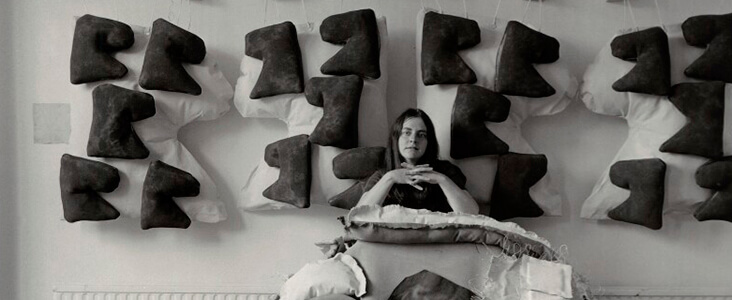
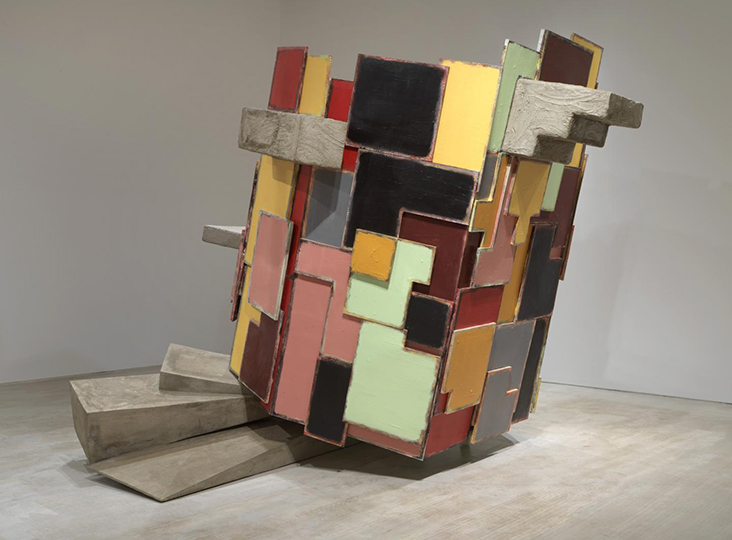
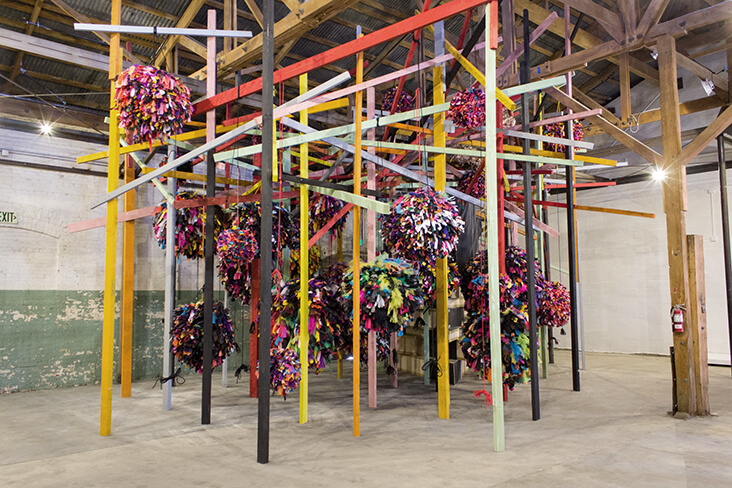
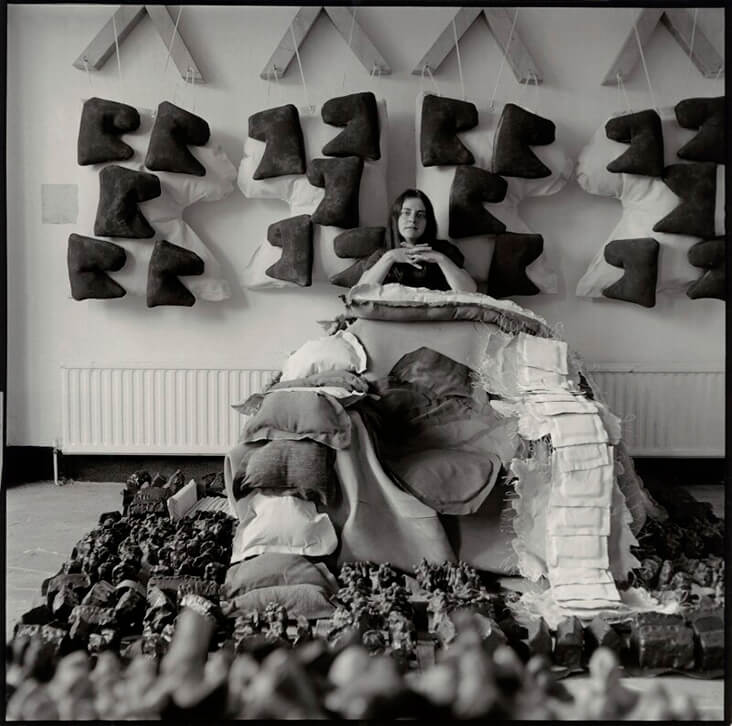
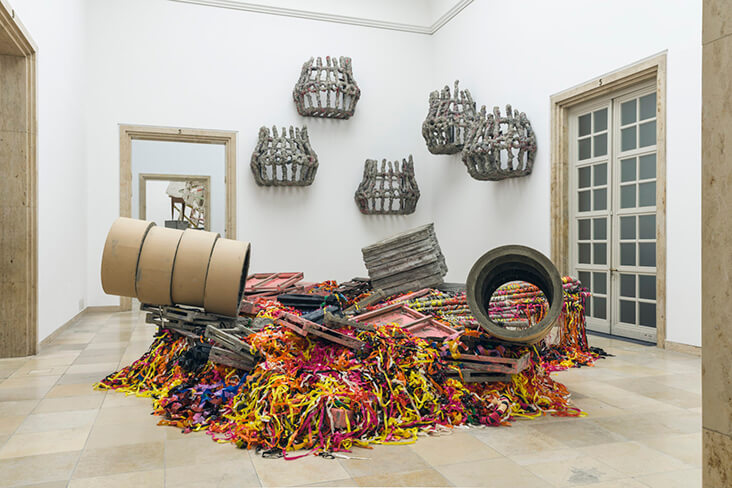















































One Comment
Patricia Saab
Always a pleasure to read about fiber artists, thank you so much for these articles!